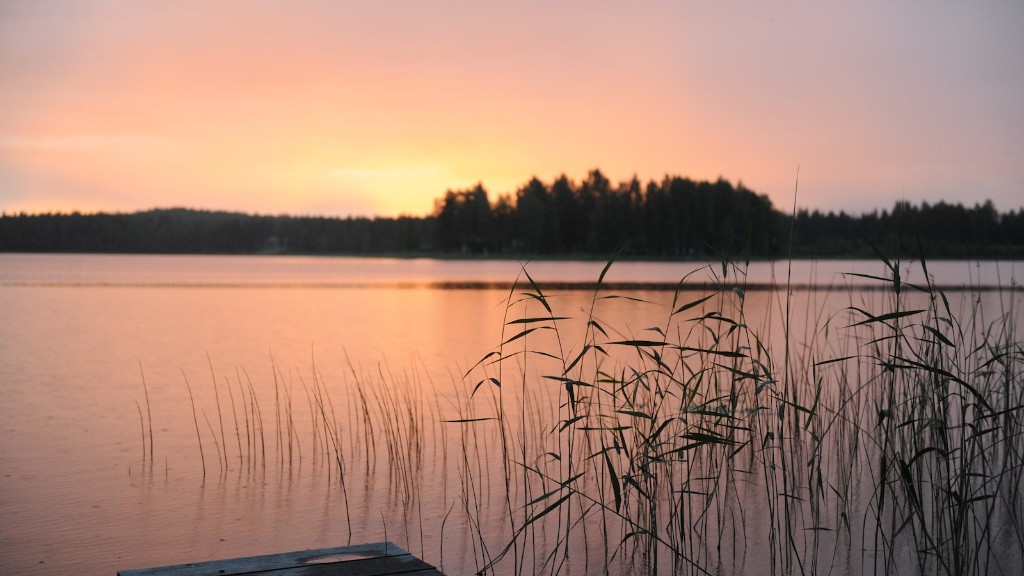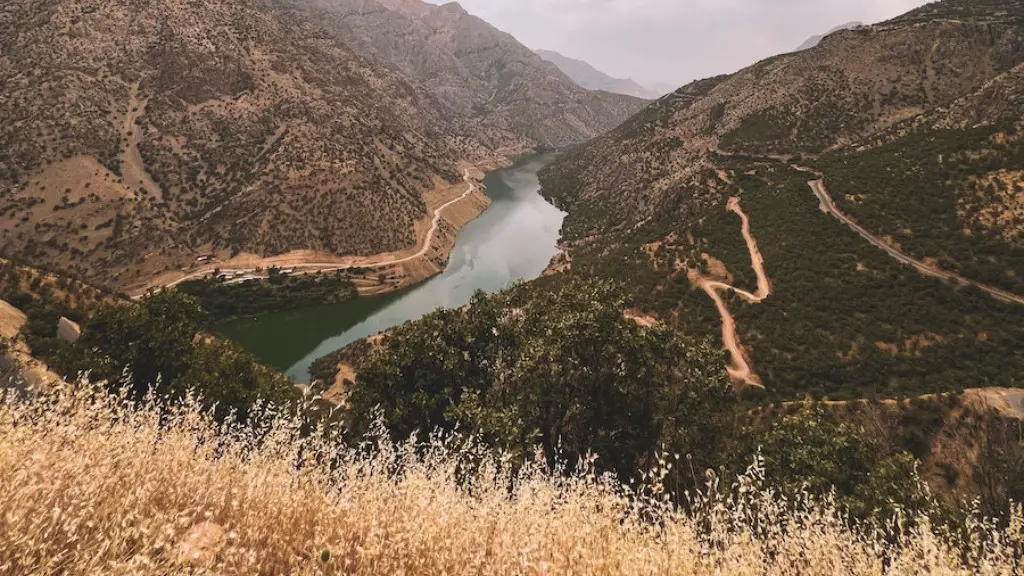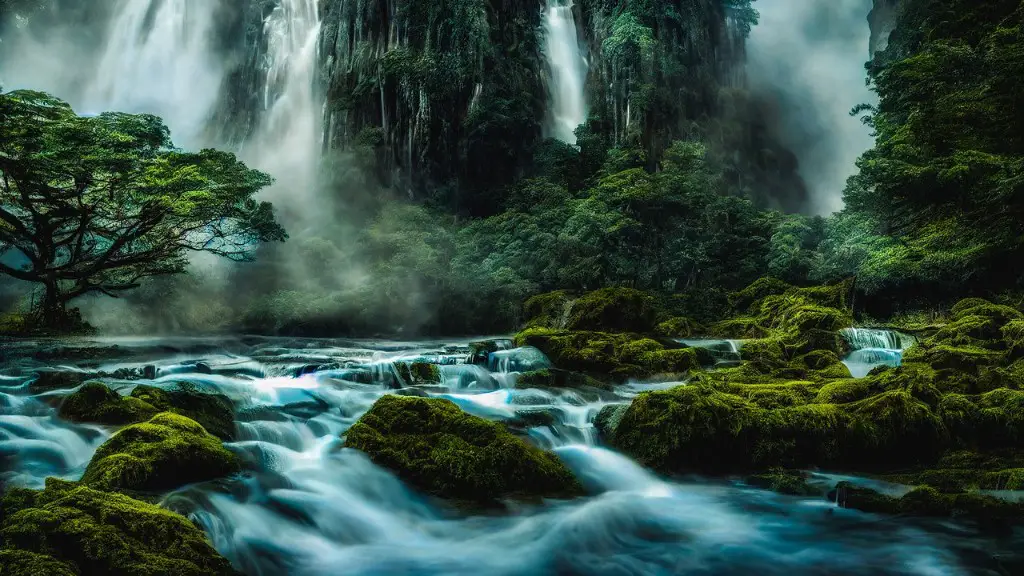Running over 2,500 miles and crossing nearly 10 states, the great Mississippi river is the United States’ most iconic river. Its deep significance as a lifeblood to millions of citizens, and its importance in trade, commerce, and navigation since the early settlers make it one of the most exciting and revolutionary areas of study today. But what exactly is happening with the Mississippi River in 2021?
As of late 2020, the Mississippi River plays host to numerous scientific explores and data-driven research expeditions that support the governments of its adjacent states. In addition, numerous efforts have been made to re-connect the Mississippi River with its tributaries and its wetlands. As a part of The Mississippi River Corridor Conservation Act, the US Fish and Wildlife Service has been tasked with restoring the native habitat of various foundational species alongside the banks of the river. This will improve the overall ecosystem health of the Mississippi River and its delta area, enabling furthering the protection of diverse wildlife and critical water resources.
The waters of the Mississippi River have also been guarded from chemical threats due to new Environmental Protection Agency regulations preventing the injection of hazardous materials. This has not just increased the health of the river, but also the safety of people who use its banks and tributaries for recreational and commercial activity. Moreover, the US has taken action to address the issue of invasive species in the big river system, which will benefit local fisheries, as well as the river itself.
The US Army Corps of Engineers plays a large role in theupkeep of the Mississippi River. It has helped reduce sedimentation and other forms of pollution that can be incredibly harmful to the river and the life it supports. The Corp’s dredging and navigation projects help maintain and protect the river system and reduce its susceptibility to flood surges.
The importance of a healthy Mississippi River cannot be overstated. From providing access to navigation, drinking water, and clean air, to supplying food and habitat for vast quantities of wildlife and providing economic benefits through tourism and recreation, it’s clear that it’s critical that we protect this vital part of our ecology. To that end, a unified effort from the governments of the 10 states bordering the Missisipi and federal agencies is ongoing, with hundreds of millions of dollars set aside to restore, protect, and enhance the health of the river and its tributaries.
Protection of Wetlands
The conservation and maintenance of Mississippi River wetlands has been a high priority for all involved agencies. Through the Wetland Mitigation Program, the US Fish and Wildlife Service is actively restoring wetlands, ditches, and canals, such as Black Lake and French Lake, which help to protect the river from natural disasters by moderating stream flows. Additionally, recreational and commercial fishing has been made safer and more productive with the reintroduction of various species such as a Macon bass, blue catfish, and channel catfish.
Furthermore, The Corps’ four National Wildlife Refuges, which focus on protecting and managing endangered species, have seen positive results in the last few years. In addition, the Louisiana Coast Restoration Program supplements efforts to bring the wetlands back and to protect Louisiana’s coastline, which has seen a steep recession and increasing damage from saltwater intrusion due to rising sea levels. This, as part of a larger effort involving the joining of departments, businesses, and non-profits, raises the state’s resilience and defence against the destructive forces of natural disasters.
Protection of one of the world’s most vital ecosystems is of course central to these efforts. The slow but steady work of the various government agencies have seen a lot of success, from an increase in striped bass populations to a reduction in sedimentation levels caused by natural disasters.
The Mississippi River also has a great amount of cultural significance, as many minority communities make use of it for sustainable living. According to the Environmental Protection Agency (EPA), more than 30 Native American tribes depend either directly or indirectly on the river for their sustenance, as it’s a major source of employment for agricultural workers, fishermen, and recreational boaters.
Role of Agriculture
As one of the most fertile biomes in North America, the Mississippi River Valley is a major contributor to agricultural yields. The river basin is home to many cotton and soybean plantations, as well as other crops such as corn and wheat. Conservation efforts focus on preserving these native species of animals and plants, while also safeguarding the water supply and other resources.
The heavy industrial activity in the area has been kept in check since the 1990s, thanks to the US Army Corps of Engineers, who placed strict regulations around infrastructure projects near the river. Although there have been a few instances of sewage discharge and other harmful pollutants over the years, the majority of incidents have been swiftly dealt with under the Clean Water Act and related laws.
Recent achievements include the Council’s Annual Mississippi Estuary conference, which brings together stakeholders from various fields and departments to discuss research, community development, and advocacy opportunities. The conference is a powerful platform that enables the sharing of best practices and resources, as well as direct discussions on the upcoming challenges in this field. Additionally, the Mississippi River Commission has also organized numerous outreach programs for the community members, which has resulted in increased awareness on the products and services of the watershed.
Commercial Activity
It’s likely that the commerce of the Mississippi will only increase in the future, based on the recent trends. Thanks to ports such as those at New Orleans and Baton Rouge, the river is well connected with several land transportation routes and global shipping lanes. Its strategic importance means that it is likely to be at the forefront of global trade in the coming years.
Several business entities have set up shop near the river. This includes casinos in the Mississippi Delta which have seen a global influx of tourists due to their grandeur, and a number of artisan workshops making products for sale in the U.S. and abroad. Furthermore, the region’s hospitality and entertainment sector has prospered significantly over the last few decades. This has not just been beneficial for businesses and revenue, but also for the local population, who now have access to better amenities and infrastructure.
The preservation of the Mississippi River has become a focus for eco-activists, who have pushed for reduced industrial fishing and the protection of wildlife. The establishment of government-supported wildlife conservation areas has achieved a lot, such as the exclusion of the long-feared Asian carp from the upriver. This and other measures have helped the river to sustain itself and its inhabitants in a balanced way.
Legal Protections
Various legal measures, such as the Clean Water Act, are in place to protect the Mississippi River. This has spurred the establishment of effective monitoring and enforcement mechanisms that have acted as deterrents to illegal activities such as agricultural runoff and intentional dumping of toxic chemicals. The EPA, along with the US Army Corps of Engineers, is responsible for maintaining the standards of the Clean Water Act. Furthermore, various initiatives, such as the Plant a Tree campaign and the Water Quality Improvement Projects, have been launched by all 10 states of River region to further improve the waters, the landscape, and the local environment.
Finally, the Native American community has been always hard hit by the shortcomings of the ecosystem, and therefore their considerations have been an integral part of protecting the river. Extra support and guidance have been provided through the Mississippi River Education and Training (MRET) program which has seen positive results over the years, with a greater number of indigenous people reporting improved livelihood and access to natural resources.
Conclusion
The government of the United States and the intertwined states all along the Mississippi River have a responsibility to ensure the river’s longevity and maintain its ecological balance. The waters of the Mississippi are essential for many reasons, and the preservation and conservation of this vital river system is paramount for the region and for the entire country. With the federal, state, and tribal governments all acting in unison and with the public’s full support, future generations will be able to continue to benefit from the life-giving waters of the Mississippi.



